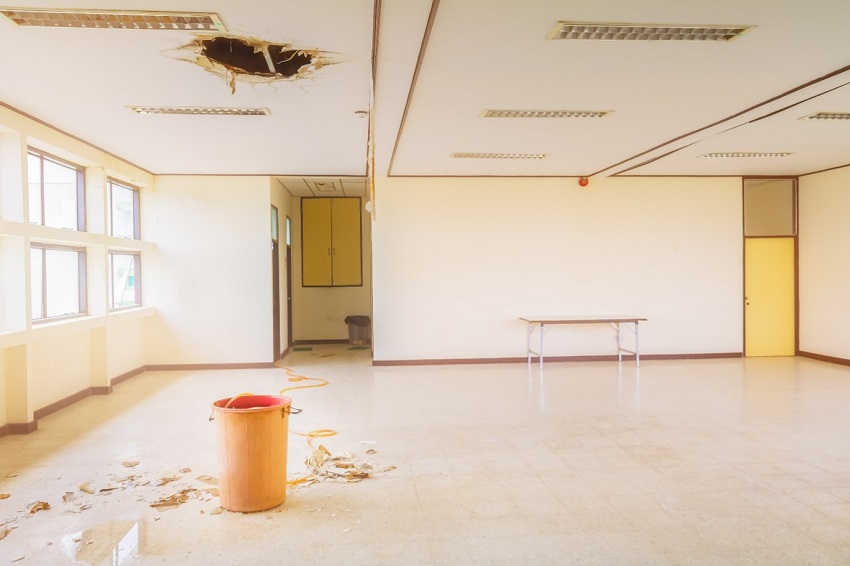In New York City, tight margins and competing capital demands can make deferred maintenance look like a short-term win. But what often starts as a postponed boiler tune-up or delayed façade repair quickly becomes a cascade of higher costs, regulatory headaches, and tenant churn. Below, we unpack the hidden risks, real-world case studies, and why long-term ROI overwhelmingly favors proactive maintenance.
Case Studies: When “Save Now” Becomes Costly Later
Prewar walk-up (multifamily) — The owner delayed repointing and waterproofing for two seasons to save $25,000. The following spring, unchecked moisture had rotted structural wood and damaged finishes in three units. Repairs, temporary relocations, and lost rent exceeded $150,000 — six times the original savings — plus a tenant lawsuit and increased insurance premiums.
Mid-rise office building — An HVAC system was pushed past recommended service intervals to avoid a $40,000 maintenance contract. When the chill chain failed during a heat wave, sensitive equipment was damaged, and multiple tenants moved out. The combined cost of emergency replacement, business interruption claims, and vacancy loss topped $400,000.
Luxury high-rise — A condominium board deferred façade inspections to avoid inconveniencing owners. Months later, a falling masonry incident triggered DOB enforcement, emergency shoring, and costly expedited repairs. The reputational damage depressed resale values across the building.
Hidden risks you might be missing
- Regulatory exposure — NYC has strict codes (from Local Law requirements to DOB orders). Deferred work can attract fines, stop-work orders, and mandatory expedited repairs that are far more expensive than planned maintenance.
- Safety liabilities — Neglected elevators, fire systems, or façades present immediate public-safety risks and expose owners to catastrophic liability.
- Operational disruption — Emergency repairs often require 24/7 labor, expedited material delivery, and temporary tenant relocation — premium costs that planned projects avoid.
- Insurance & financing impacts — Insurers increase premiums or refuse claims if maintenance neglect is proven. Lenders may factor deferred maintenance into loan terms or decline refinancing.
- Asset value erosion — Deferred maintenance accelerates physical depreciation and makes properties less attractive to buyers or tenants, reducing long-term capital appreciation.
Long-term ROI vs short-term savings
A disciplined capital maintenance plan transforms maintenance from a cost center into asset preservation. Routine inspections, lifecycle planning, and a reserve fund smooth expenditures and avoid premium emergency spend. Financially, investing 1–3% of replacement value annually in maintenance typically prevents 10x or greater emergency costs and preserves NOI and valuation multiples over time.
Practical steps for owners and managers
- Institute an annual capital needs assessment and prioritize safety/compliance items.
- Track assets with a maintenance schedule and budget line items for lifecycle replacement.
- Use phased, negotiated contracts to spread costs and avoid expensive emergency call-outs.
- Communicate transparently with stakeholders — insurance underwriters, lenders, tenants, and boards.
Conclusion
In NYC’s unforgiving building environment, deferred maintenance is a gamble with asymmetric downside. The apparent short-term savings rarely survive the long tail of emergency repairs, regulatory fines, and lost revenue. Treat maintenance as protection for both people and capital — it’s the difference between preserving an income stream and paying for a crisis.

